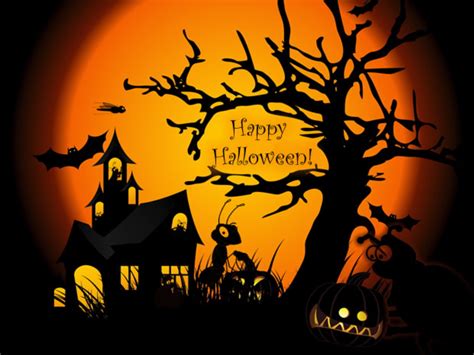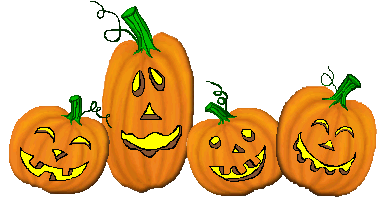
Halloween Origins
Halloween dates back 2,000 years ago to an ancient Celtic festival, Samhain (pronounced sow-in.) The Celts lived in Ireland, part of the UK, and Britanny France. The celebration marked the last day of summer and the harvest and the beginning of the cold and dark winter. The Celts believe that the ghosts of the dead returned to earth on the night of October 31.
The Druids, or Celtic priests, were helped by the presence of spirits to make predictions about the future. Besides bonfires and animal sacrifices, the Celts wore costumes, consisting of animal heads and skins.
In 43 A.D. the Romans conquered the majority of the Celtic territory. In the 400 years period that the Romans ruled the Celtic lands, they added two of their own festivals to Samhain.
The first Feral when the Romans commemorated the passing of the dead. The second is a day to honor Pomona, the goddess of fruit and trees. This probably explains the tradition of bobbing for apple practice on Halloween.
There have been more additions to our present Halloween. Pope Boniface IV dedicated the Pantheon in Rome to honor a Catholic feast of All Martyrs Day. Pope Gregory III expanded the festival and moved it from May 13 to November 1st. Then the all Soul’s day to honor the dead was made on November the 2nd. All SOul’s Day is celebrated similarly to Samhain, with big bonfires, dressed in costumes of saints and devils. The events began to be called All-Hallows Eve, eventually Halloween.
Colonial Halloween festivities also featured the telling of ghost stories and mischief-making of all kinds. By the middle of the 19th century, annual autumn festivities were common, but Halloween was not yet celebrated everywhere in the country.
In the second half of the 19th century, America was flooded with new immigrants. These new immigrants, especially the millions of Irish fleeing the Irish Potato Famine, helped to popularize the celebration of Halloween nationally.
Borrowing from European traditions, Americans began to dress up in costumes and go house to house asking for food or money, a practice that eventually became today’s “trick-or-treat” tradition. Young women believed that on Halloween they could divine the name or appearance of their future husband by doing tricks with yarn, apple parings, or mirrors.
In the late 1800s, there was a move in America to mold Halloween into a holiday more about community and neighborly get-togethers than about ghosts, pranks, and witchcraft. At the turn of the century, Halloween parties for both children and adults became the most common way to celebrate the day. Parties focused on games, foods of the season, and festive costumes
Parents were encouraged by newspapers and community leaders to take anything “frightening” or “grotesque” out of Halloween celebrations. Because of these efforts, Halloween lost most of its superstitious and religious overtones by the beginning of the twentieth century.
Halloween Parties

By the 1920s and 1930s, Halloween had become a secular but community-entered holiday, with parades and town-wide Halloween parties as the featured entertainment. Despite the best efforts of many schools and communities, vandalism began to plague some celebrations in many communities during this time.
By the 1950s, town leaders had successfully limited vandalism and Halloween had evolved into a holiday directed mainly at the young. Due to the high numbers of young children during the fifties baby boom, parties moved from town civic centres into the classroom or home, where they could be more easily accommodated.
Between 1920 and 1950, the centuries-old practice of trick-or-treating was also revived. Trick-or-treating was a relatively inexpensive way for an entire community to share the Halloween celebration. In theory, families could also prevent tricks from being played on them by providing the neighborhood children with small treats.
Thus, a new American tradition was born, and it has continued to grow. Today, Americans spend an estimated $6 billion annually on Halloween, making it the country’s second-largest commercial holiday after Christmas.

